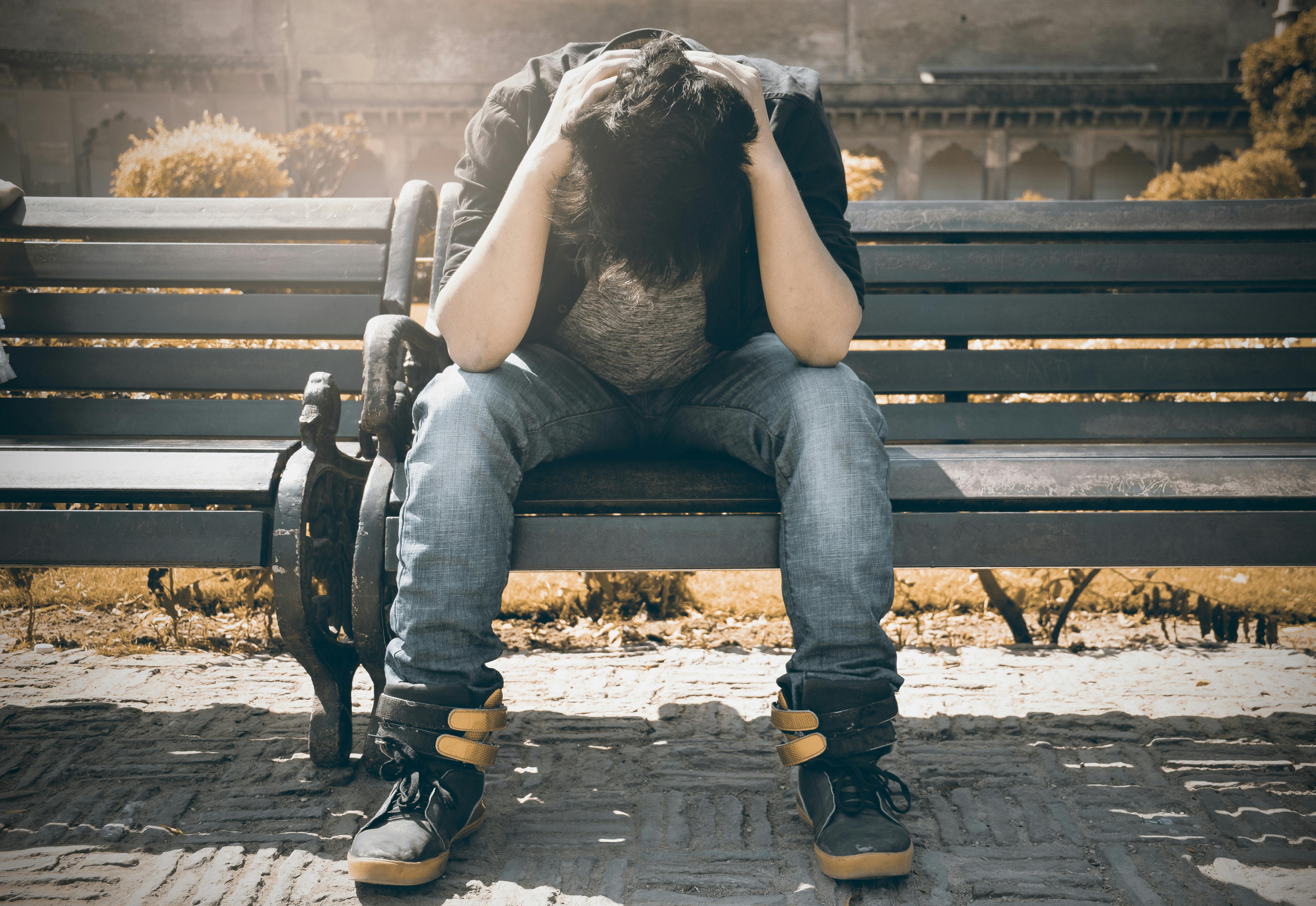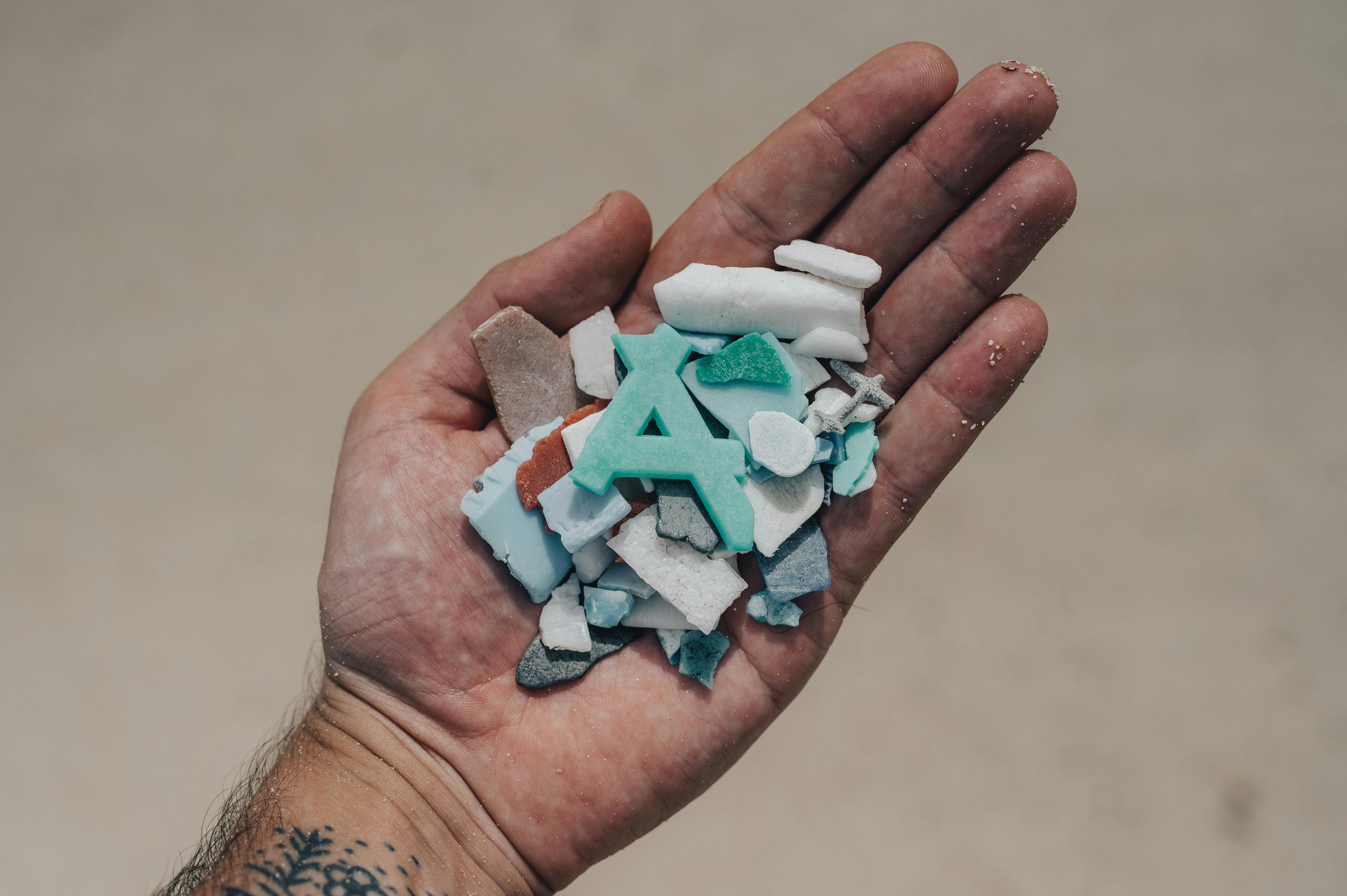When Love Means Losing Yourself: And What It Takes to Come Back

This post comes from a deeply personal place. I share it with love and gratitude for those who have walked beside me.
When everything fell apart
One conversation. That’s all it took to change everything.
In an instant, the trajectory of my life shifted: the collapse of shared dreams, rhythms, and future plans.
What followed was a period of intense grief that broke me—one of the most difficult journeys I’ve walked through. It’s challenged me in ways I never imagined, and brought me something very powerful: clarity.
Breakups offer an opportunity to reflect on who you were in the relationship, what you were running from, and what ultimately caused the connection to fray. This is something I never really did after the end of my marriage. I was too caught up in the newness of freedom.
Ten years with a partner and suddenly I was single for the first time since coming out. I was 35 and doing what many gay men experience in their twenties: partying, experimenting, numbing.
It was the first time I had a close group of gay friends. We did everything together: beach hangs, sunset drinks, shared dinners with long chats about life, and dancing until the early hours of the morning. It was freeing, liberating, and healing in its own way.
For the first time in a long time, I felt a deep sense of belonging outside of a relationship.
But I didn’t use that period to understand why my marriage ended or how my own patterns may have played a role. And because of that, I find myself here—rebuilding my life from the ground up. Reclaiming parts of me I had long abandoned after 13 years in back-to-back relationships.
Becoming someone I actually love
Truthfully, I wasn’t ready for another relationship so soon after my last. I hadn’t done enough inner work to understand my needs, behaviours, or work through the things that held me back. And I lacked a solid sense of self.
In the early weeks after my breakup, I remember saying to friends:
“Who the fuck am I?”
That question cracked something open.
I realized I needed to be single for a while, not just to “find myself,” but to become someone new, someone whole, someone I actually love. A journey I'm still on today.
These past months have been transformative. I have a clearer understanding of my values, needs, and how my internal wiring impacted how I showed up in my relationships. I’ve looked at the roots of my limiting beliefs and have started to work through them. I’ve become more compassionate, confident, and loving with others, but most importantly, with the version of myself I once kept hidden.
I’m living more fully, finding joy in small moments and rediscovering the person I lost. Building a life that feels true to me, rather than one shaped by others’ expectations, whether real or perceived.
The pattern that cost me love
Through this deep work, one powerful cycle has become painfully clear:
Intense Love → Self-Abandonment → Emotional Shutdown → Disconnection → Rupture
This loop showed up in both of my long-term relationships and it’s a pattern I now recognize as part of disorganized attachment, something I’ve been exploring more deeply in therapy. People with disorganized tendencies often carry conflicting needs for closeness and safety. We crave intimacy, but fear it. We pursue love, but subconsciously expect it to end.
It often stems from childhood experiences where emotional connection felt inconsistent, unsafe, or conditional.
Naming this cycle hasn’t been easy, but it’s been a crucial part of my healing process.
“Because once you can name the cycle, you can start to break it.”
How the cycle unfolded
1. Intense love | “This person completes me.”
I entered both relationships not feeling good enough and without a strong understanding of who I was. My partners were charismatic, confident, and grounded—qualities I admired and, frankly, wished I had. Being loved by them soothed my deep wounds of unworthiness: “If they can love me, maybe I’m not broken.”
The early stages of these relationships were beautiful, filled with a powerful sense of belonging and acceptance. But they quickly became my world and I began to dissolve into them.
2. Self-abandonment | “I’ll be whoever I need to be to keep them.”
In both relationships, I shapeshifted. I deprioritized my needs and shifted who I was to match what I thought my partners wanted.
This behaviour didn’t just show up in my relationships, it’s a long-standing theme. I’ve spent much of my life chasing external validation or acceptance from others. Becoming what others wanted rather than asking what I truly needed. I didn’t know myself well enough to show up authentically because I had never actually done the inner work to understand who I was.
I moved in with both my exes within six months and travelled extensively to places without any in-person support system, fueling a cycle of codependency.
3. Emotional shutdown | “I’m afraid to speak up.”
As the disconnection from myself deepened, I started to shut down.
I didn’t believe my opinions mattered. I avoided conflict, withheld affection, and numbed myself. My nervous system was constantly on edge.
I didn’t know how to communicate what I needed, and I feared that doing so would push my partner away. But of course, not speaking up created the very disconnection I feared.
4. Disconnection | “They don’t see me... but I didn’t actually let them.”
By abandoning my truth, resentment built.
I blamed my partners for not meeting needs I never fully expressed. Both of my exes tried to understand me, but I didn’t always let them in. I feared being “too much.”
Ironically, the more I held back, the more alone I felt. Even when I was met with compassion, I still hid parts of myself.
5. Rupture | “I’m not capable of lasting love.”
Both relationships ended in rupture. Not dramatic, but a slow unraveling.
In my marriage, I chose to leave after a solo trip to Thailand showed me what life on my own could be like. In my most recent relationship, he ended things. Both breakups reactivated the same wound: “I’m not capable of lasting love”.
The grief was overwhelming. I wasn’t just mourning the person. I was mourning the life, the vision, the version of us that never had a chance to fully be.
Where the cycle begins: The roots
These relational dynamics didn’t start with my ex partners. They began long before, rooted in the silent rules I learned growing up gay in a world that didn’t make space for me.
I knew from a young age that I was different, long before I had the language to fully understand it. Being “gay” was not something that was celebrated. It was often used in a derogatory sense.
I learned that being different came with consequences. What followed was years of secrecy and self-censorship, of trying to be who others wanted me to be. I internalized the belief that if people saw the real me, they’d reject me and leave.
So when I entered romantic relationships, I brought those survival strategies with me. What once kept me safe at a young age later kept me small as an adult.
My partners’ successes, confidence, and emotional consistency often magnified my own insecurities. Instead of celebrating them, I used them as evidence of my own inadequacy.
I became the “project”—carrying my unresolved trauma into these connections, expecting love to fix what I hadn’t yet faced.
Growth has meant slowly unlearning those beliefs and reclaiming parts of me I once silenced.
The cost of the pattern
This pattern has cost me dearly.
Without a strong sense of identity going in, I shaped myself around my partners. I not only lost myself, but also my ability to feel safe in love.
It cost me the relationship I thought would last forever.
I spent much of last year anxious, dysregulated, and detached from joy—unable to fully enjoy what was meant to be a healing sabbatical. An experience that was meant to bring us closer, instead pushed us apart. And my physical and emotional health suffered deeply.
Why naming the pattern matters
I’ve questioned whether I’m capable of a healthy relationship.
But naming this pattern has shifted the narrative. It’s made change possible. It’s helped me build a roadmap for future connection. Failed relationships don’t have to be my destiny.
Part of what I’m also learning is how to hold two truths at once: I played a role, and so did they. We were two imperfect people doing our best. We each brought our own histories, hopes, fears, and limitations to our relationship. And while neither of my exes were perfect, this isn’t about blame. It’s about understanding and focusing on things I can control. Healing comes from seeing the full picture with compassion, and choosing differently in the future.
What comes next
I’ve started to move toward more secure attachment and show up differently in connection. I’m learning to stay rooted in who I am even while opening to another—setting boundaries, expressing my needs, and not abandoning the life I’ve built.
It’s a slow and sometimes painful process, but it’s been incredibly rewarding.
Because real connection isn’t about losing yourself. It’s about staying whole while co-creating something that feels mutually aligned.
As you read this, you might reflect on how you’ve shown up in love and what it could look like to stay connected without leaving yourself behind.
.png)




.png)